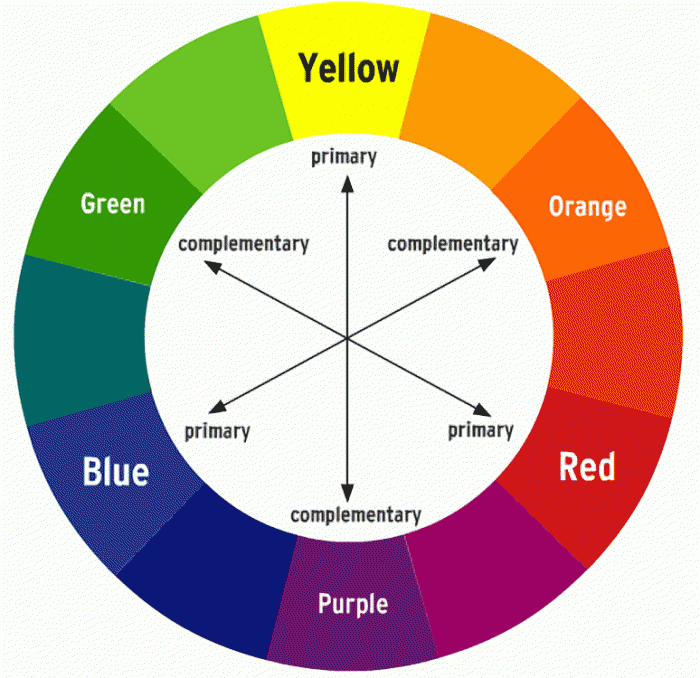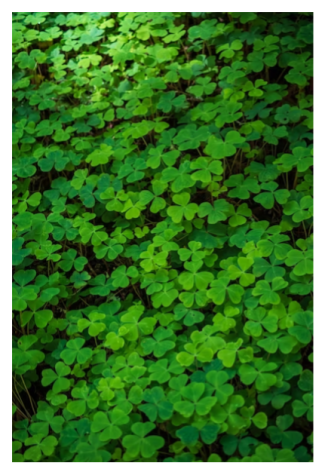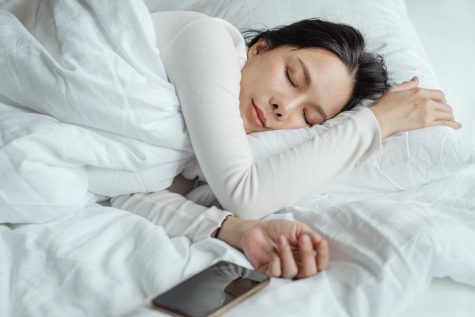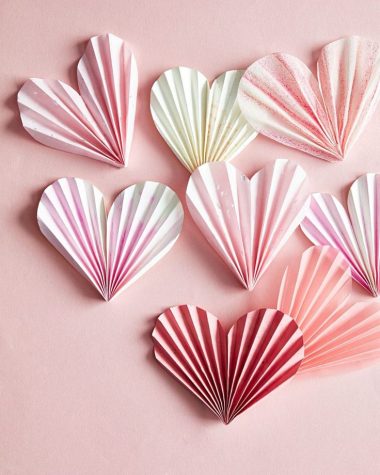A History of Colors: Orange
January 24, 2023
Many people, especially artists, may first think of a particular concept of a wheel that was shown to us as young children, and used to explain the abstract relationship between the range of colors.
Everyday we walk through a world of vibrant hues without much thought about them. Our eyes take in a vast scale of different colors to brighten our lives. We use them to express ourselves and our emotions. But where did these universally known colors come from?
Named after a sweet citrus fruit, the color orange is a secondary color made by mixing yellow and red. In Western culture, it is representative of autumn – pumpkins, leaves, and changing seasons. Like red, it is also used as a warning for danger. Orange has significant meaning in several eastern religions such as Hinduism and Buddhism. Monks wear orange robes, as it is the symbol of fire, which in turn means purity.
Egyptians used pigment made from realgar, a red/orange mineral consisting of arsenic and sulfur, in tomb paintings. This color was later used in medieval times for manuscripts as well.
Another pigment came from grinding down orpiment, a mineral of yellow-orange hue. It was highly popular, due to the belief that it could be utilized to form gold. It had a prized bright pigment, but usage of it ultimately ceased because it was highly toxic.
In the late 1700s, a French scientist found the mineral crocoite,which led to the creation of a synthetic orange pigment just 12 years after the discovery. By the late 1800s, orange was a very commonly used color by impressionist painters, which could likely be credited to Claude Monet’s Impression, Sunrise, which features a small orange sun in the midst of an otherwise hazy background. Post-impressionist painters used the color even more, for backgrounds, skin, and clothing. However, Vincent Van Gogh is probably the most well known painter associated with usage of orange hues.
Stewart, Jessica. “The History of the Color Orange: From Ancient Egyptian Tomb Paintings to Modern-Day Jumpsuits.” My Modern Met, 23 Apr. 2019, https://mymodernmet.com












